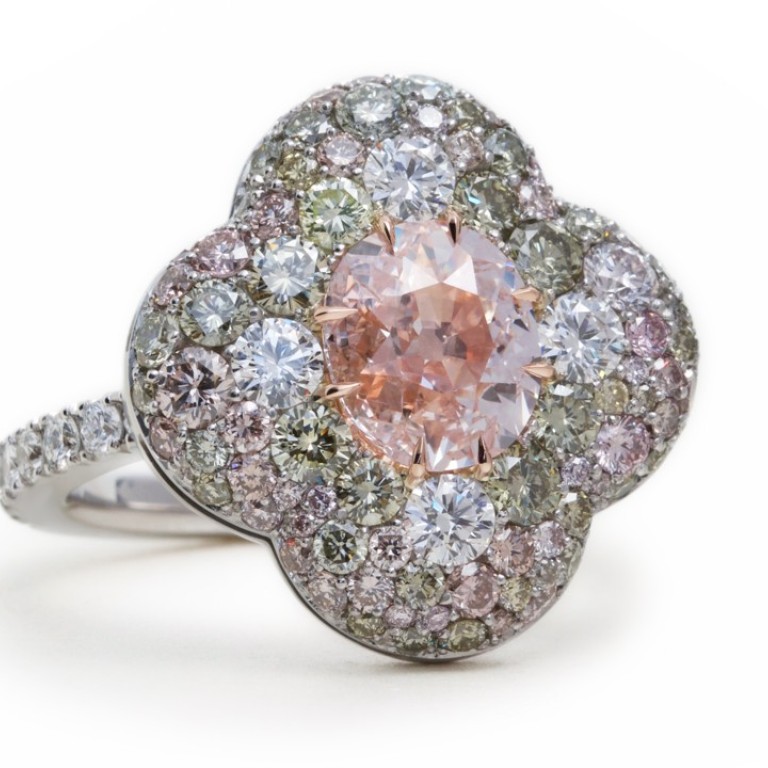Why platinum will never lose its lustre with luxury jewellery ateliers

Its gleaming qualities, durability and ability to pair with diamonds and gems ensure this metal endures for haute joaillerie
Platinum had a particular allure in the early to mid 20th century in Hollywood’s golden age and many of this year’s red carpet looks, bedecked with the luxurious metal, have been paying homage to that old world of glamour. From the Venice Film Festival to Cannes and the Met Gala, finely crafted ribbons of light have held a white-hot sparkle. Facing the press on the Croisette at the premiere of The Beguiled, Liu Wen brought a modern fresh-faced demeanour to her Chopard platinum and white diamond earrings.

US$938 per ounce whereas gold is U$1,270 per ounce.

From a design viewpoint, platinum enables the shape of a creation and gemstone selection to create the first impression. Australia’s Michael and David Robinson, the founders of David Michael Jewels, are jewellers with a compelling dexterity with platinum when exalting nature’s beauty.
“The colour of platinum disappears into the background and allows the colours of the gems we use, like Argyle pink diamonds, to stand out without distraction,” explains David of their preferred material. “Hand forged platinum also affords great density and therefore durability to our pieces. This allows us to cut the metal holding the gems in place much finer than they would have to be in any other metal.”

“We have definitely seen an increased use of platinum in our Couture Design Awards competition over the past few years,” says Michelle Orman, president of Last Word Communications and spokeswoman for the Couture Design Awards, the jewellery industry Couture fair competition held annually in Las Vegas. “Not only are there more submissions created in platinum across many of our categories, the submissions themselves push the envelope of creativity.”
As for investment considerations, being 30 times rarer than gold, it is not difficult to see how this metal is gaining desirability. Its colour’s appeal is not just for a sense of purity that might appeal to young brides. As a white metal, its prized silvery whiteness and luminosity remain unchanged as over time there is no possibility platinum’s colour will fade to yellow like white gold. Another plus is that it is virtually non-corrosive, and this ability to resist oxidation allows component parts to be finished before soldering, which is great for intricate, hard-to-reach corners of jewellery.